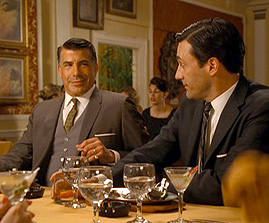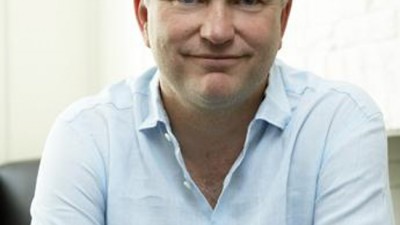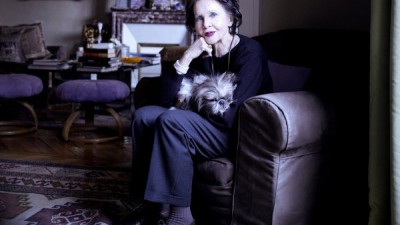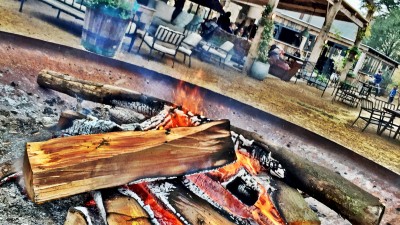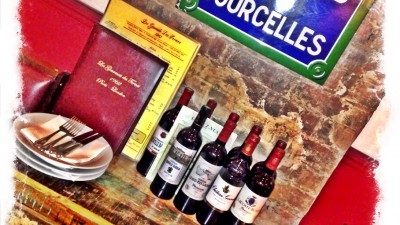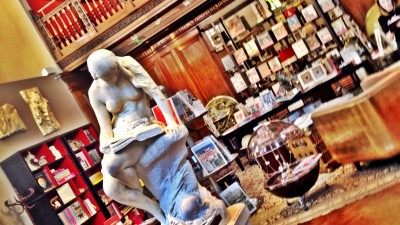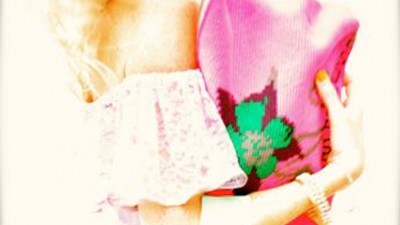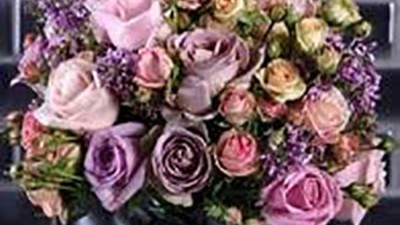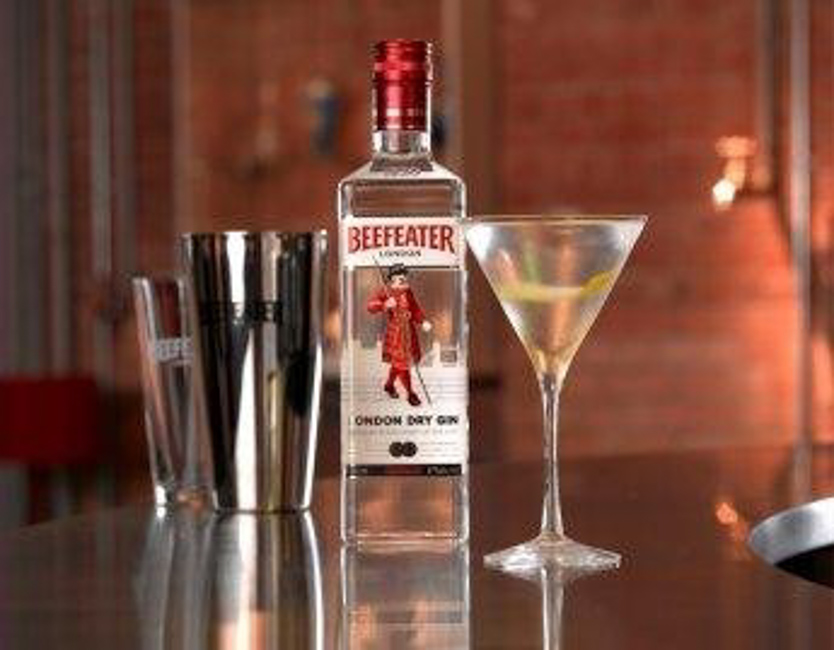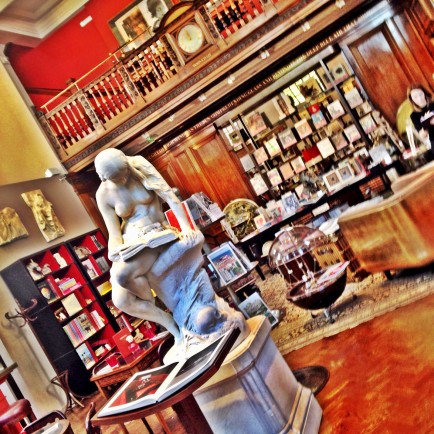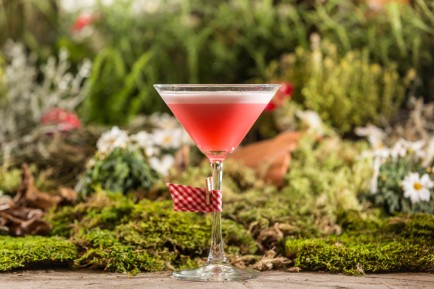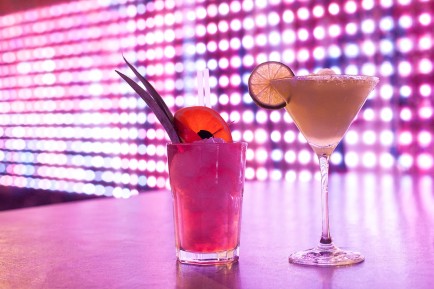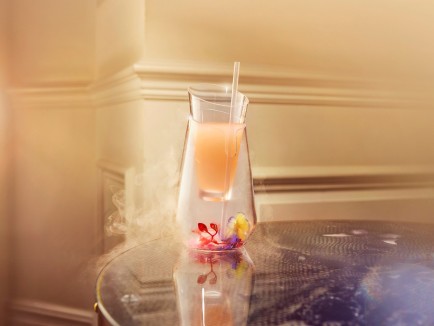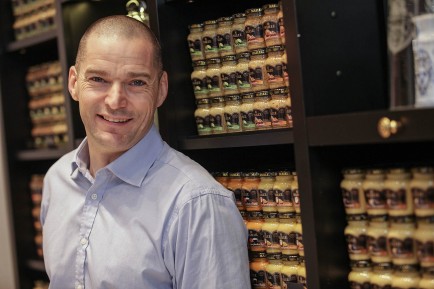This week, Chic-Londres visited the Beefeater distillery in Kennington, Beefeater being the only major brand of gin still made in London today: a good occasion to come back to the history of this quintessentially English drink, and to get a few lovely cocktail recipes from its master distiller Desmond Payne, the leading expert in this industry.
- 1618-48: English soldiers first encounter genever while fighting in Holland during the 30 years war in Europe. The Dutch juniper flavoured grain spirit is given as a morale booster before battle (hence the expression “Dutch courage”). They bring back genever home when they return.
- 1688: The Dutch William of Holland accedes to the English throne: genever becomes the fashionable drink at Hampton Court and Kensington Palace, where drinking genever is seen as a gesture of Protestantism.
- 1730: In some parts of London, and particularly the area around Oxford Circus know as St Giles, one house in three sells gin, while it spreads amongst the London’s poor.
- 1743: In London in 1750, adults drank an average of 181 litres of gin per year, or half a litre per day: the authorities become alarmed about the social effects of wide-spread drunkenness, as the “Gin Craze” takes hold.
- 1751: The Tippling Act begins to effectively control sale and production of cheap gin and paves the way for the production of quality products.
- 1794: The Trade Directory for the City of London, Westminster and Southwark lists over 40 gin and malt distillers, with 90% of English gin then distilled in London.
- 1830: The first gin palace, Fearon’s, opens in Holborn. Those fashionable bars are the inspiration for Victorian pubs, which borrow their interior design.
- 1832: Through the invention of the continuous still, a more pure spirit can be made, leading to the creation of an unsweetened, aromatic style of gin known as “London Dry” (by opposition to sweet gin), as so many distillers are based in the British capital.
- 1874: The Criterion, the first proper American cocktail bar, opens in London at Piccadilly Circus.
- 1920: The first “official” cocktail party is held in London.
- 1990s: The second great cocktail revival is led by the bar scenes in London and New York.
Did you know?
- Gin may have been made as early as the late 15th century in Italy and was certainly produced in Holland in the early 17th century, where it was sold in chemist shops as a medicine to treat stomach complaints, gout and gallstones.
- Tonics were, like gin, originally developed as a medicine. When travelling to India and Asia, the British were susceptible to malaria and found out that quinine, an ingredient in tonic water, was useful for protecting against the disease. Adding gin made the tonic water much more palatable and the G&T fashion quickly caught on.
- After tonic water, the most popular mixers for gin include vermouth, needed to make a martini, and lime cordial, which makes a “gimlet”.
- A traditional martini cocktail should be made with gin, not vodka, and as James Bond rightly knows, stirred, not shaken.
A few interesting facts about Beefeater
- Beefeater’s heritage can be traced back to the 1820s, when John taylor founded a small gin distillery in Chelsea. In 1863, James Burrough, a trained pharmacist born in Devon, came back from America and bought the distillery, which became the Beefeater gin Distillery, which has now become the only major gin distillery still based in London. Originally located in Chelsea, the distillery moved to Lambeth and then Kennington, where it has been since 1958.
- The distilling method Burrough devised in the 1860s, along with the secret recipe he created, is still used to this day, virtually unchanged: it is produced from London distilled pure grain spirit and a blend of nine botanicals: juniper, angelica root, angelica seed, coriander, liquorice, almond, orris (violet) root, the peel of Spanish lemons and oranges.
- Seeking a suitable name to emphasise its gin’s London heritage, James Burrough found inspiration in the Yeoman Warders –also known as “beefeaters”- who have guarded the Tower of London since 1485, hence its red colour design, based on the guards uniform.
- Beefeater’s dedicated Master distiller Desmond Payne personally selects all the botanicals used in the Beefeater recipe. He has been distilling for 40 years and is acknowledged as the leading gin distiller in the industry. Last year, he launched Beefeater 24, a premium gin made from 12 hand-selected botanicals mixed with a rare blend of Chinese and Japanese teas (£26 at Harvey Nichols and Harrod’s).
For the cold winter evenings: a few recipes made with Beefeater 24
The Beefeater Shrub, created by Chris Jepson for Bungalow 8
Ingredients: Beefeater 24 gin/2 punnets raspberries/2 punnets blackberries/8-10 tbs caster sugar/Cloudy apple juice/Lemon juice/Nutmeg
Method: In a saucepan, muddle together the raspberries and blackberries/Add a little water and gently heat through adding sugar as it warms up, simmer for 5 mns/When cool place into an empty bottle and add equal parts of gin to the mixture/Leave this to stand at room temperature for a day or two giving enough time to marry together/Pour into a wine glass 75ml of the mixture, fill the glass with ice, squeeze and discard a piece of lemon and top with apple juice/Give it a quick stir and finally grate some fresh nutmeg over the drink:
London Sgroppino, created by Ago Perrone for The Connaught
Ingredients: 45ml Beefeater 24 gin/15ml Galliano l’Autentico/1 scoop lemon sorbet/75ml dry prosecco
Method: Place a scoop of lemon sorbet into a champagne coupe/Mix the rest of the ingredients in a mixing glass with double frozen ice/Strain into champagne coupe over lemon sorbet/Garnish with lemon zest and serve with a spoon/Serves 4:
Alan Knott’s Vera Lynn, by Paul Mant for Quo Vadis
Ingredients: 40ml Beefeater 24 gin/40ml Clementine juice/20ml lemon juice/2 teaspoons caster sugar/1 Lady Grey tea bag
Method: Top all ingredients with hot water, steep for 30 seconds and then discard tea bag/Serve in Union Jack tea mug (Alan knott’s Vera Lynn is rhyming cockney slang for “hot gin”).

